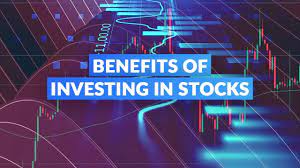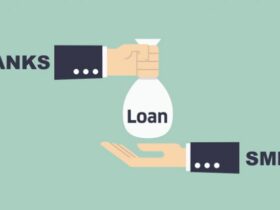Quantitative trading is gaining steam among traders today, and there are very good reasons for that. First, let’s learn what quantitative trading means.
What is Quantitative Trading?
Quantitative trading refers to the strategies derived from quantitative analysis, which depend on mathematical calculations and number crunching to identify trading opportunities. The price and volume are the two most common main data inputs when it comes to mathematical models.
Since quantitative trading is oftentimes used by financial institutions and hedge funds, the transactions are typically huge and may involve the purchase and sale of hundreds of thousands of shares and other securities. On the other hand, more and more individual investors are using quantitative trading as part of their investment strategies.
Quantitative Trading Basics
As mentioned, price and volume are the two main data inputs for mathematical models. Quantitative trading techniques also include:
- High-frequency trading
- Algorithmic trading
- Statistical arbitrage
These techniques are performed in a rapid-fire fashion and usually have short-term investment horizons. Many quantitative traders are typically more well-versed in using quantitative tools like oscillators and moving averages.
Digging Deeper into Quantitative Trading
Modern technology is a huge tool for quantitative traders, as well as mathematics and the accessibility of comprehensive databases for coming up with sound trading decisions.
Quantitative traders use trading technique and create one model of it with the use of mathematics. Afterwards, they develop a computer program that applies the model to historical market data. That model is the backtested and then optimized.
If favorable results are reaped, then the system is implemented in live markets with the use of real capital.
A computerized quantitative analysis reveals certain patterns in the data. When these patterns are compared to the same patterns that are revealed in historical data, and 90 of 100 times the results is affirmative, then you can be confident that your model will work.
Advantages and Risks
The goal of this trading strategy is to determine the optimal probability of executing a profitable trade. A usual trader can effectively monitor, analyze, and make trading decisions on a limited number of securities before the amount of incoming data overrides the decision-making process.
The use of quantitative trading methods gets rid of this limit by using computers that will automate the monitoring, analyzing, and trading decisions.
Meanwhile, beating emotions is one of the most pervasive problems with trading. It can be fear or greed. Whichever it is, when trading, emotions can almost always undermine rational thinking, which usually leads to more losses.
Computers and mathematics do not have emotions, and this means that quantitative trading gets rid of this problem.
On the flip side, financial markets are some of the most dynamic entities that are known. That means quantitative trading models must also be dynamic and as dynamic to be completely successful. Many quantitative traders make and develop models that are profitable only in the meantime for the market condition for which they were created. However, they eventually fail when the market conditions change, which inevitably happens given time.








